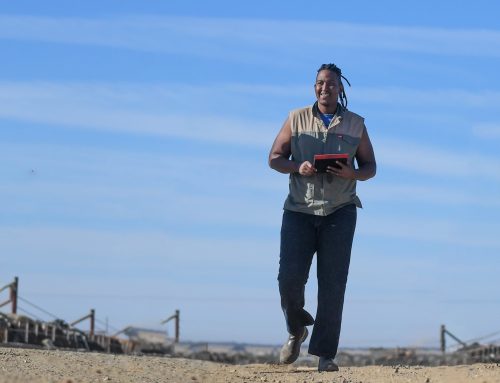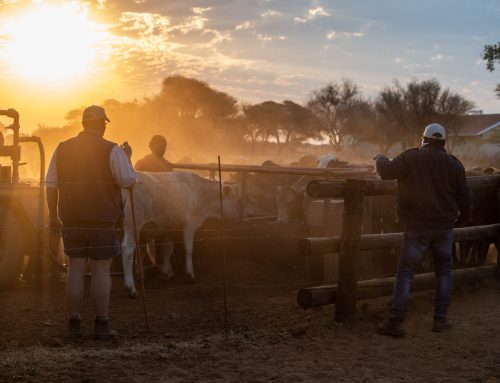The new Agriculture and Agro-Processing Master Plan (AAMP) – recently entered into by various roleplayers in the agricultural sector – is a positive step for South Africa’s livestock sector. However, it should incorporate a robust biosecurity and traceability plan for growth to be sustainable.
This is the view of Louw van Reenen, CEO at Beefmaster Group, a leading specialist supplier of beef products to South Africa and global markets.
“AAMP should have excellent growth and other spin-offs for the beef sector if we can harness all of the opportunities inherent in the deal,” says van Reenen, adding that AAMP has been in the making for several years.
This multi-stakeholder deal promises to drive transformation, food security and create employment opportunities in the agricultural sector. It aims to achieve R32 billion within the agricultural value chain and maintain 865 000 primary and 263 000 secondary agriculture jobs, as well as create 72 000 new jobs.
Van Reenen says that this landmark deal should also be read in conjunction with the Red Meat Industry Strategy 2030 – an important piece of research prepared by the Bureau for Food and Agricultural Policy (BFAP), together with various stakeholders including NERPO, SAFA, RPO and RMAA – that aims to unlock the benefits of AAMP for the livestock sector.
“BFAP notes that the South African red meat industry has the potential to grow by more than 20% by 2030, which would add more than R12 billion to our agricultural GDP per annum. Beef, which traditionally constitutes around 80% of total formal red meat production value, will likely contribute the bulk of this value,” says van Reenen.
BFAP also encapsulates the red meat sector’s commitment to AAMP to grow the industry’s Gross Value of Production (GVP) by more than R8.3 billion (for the beef sector in real terms per annum), and to grow beef production by 35%. It aims to add 3200 additional jobs to the sector.
He says that the strategy also identifies communal and smallholder beef farmers as significant beneficiaries of AAMP.
“We have about 14 million cattle in SA with about 40 – 50% of this herd in the hands of communal and smallholder farmers. This means this sector can become a dynamic driver of rural development and wealth creation for more than one million households involved in livestock production, largely in the poorest and most neglected regions of the country,” he explains.
He says the opportunity and challenge is to grow the beef export market to key economies such as the European Union and USA, as this will ensure that the BFAP and AAMP milestones are reached by 2030. Currently South Africa exports 4% of its red meat production. AAMP 2030 is projecting to grow the red meat export market to 20%.
“We now need to focus on implementing a robust traceability and biosecurity plan as part of AAMP, so that we can reach more export markets, and thereby grow the sector by 2030 as established by BFAP and AAMP,” says van Reenen. “Having formal structures in place like the Livestock Identification and Traceability System (LITS-SA) will protect the beef industry and give us more access to global markets.”
South Africa has been plagued by Foot-and-Mouth disease (FMD) outbreaks since 2019, which have had disastrous consequences. The more recent FMD outbreak earlier in 2022 resulted in China suspending imports from South Africa of all cloven-hoofed animal goods, including wool, beef, and other red meat products.
Van Reenen says that continuous outbreaks of these diseases are major barriers to reaching more markets.
“These exports contribute billions to the economy. We now need the entire sector to prioritise biosecurity, which will not only protect the health of the national herd, but also ensure that the beef industry remains profitable, a stable source of revenue, and continues to provide job security in line with the vision of BFAP and AAMP 2030,” concludes van Reenen.






